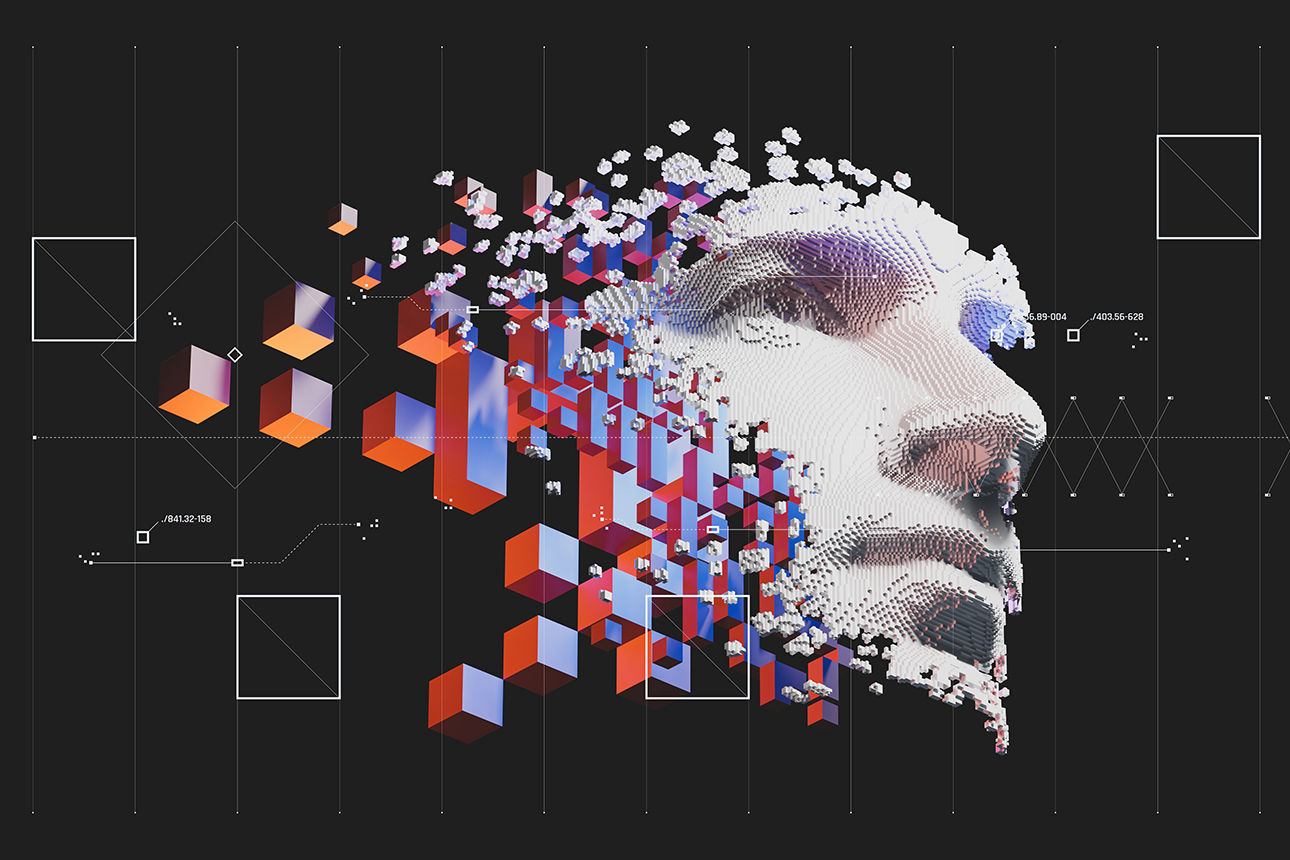Creating Valuable (and Trusted) Experiences With Digital Personas
Deepfakes have received much (well-deserved) bad press — but the underlying technology holds plenty of potential for companies to build positive customer experiences.
Topics

Have you interacted with a digital persona yet? At the Museum of Art & Photography in Bangalore, you can have a deep and engaging exchange with one that represents the late artist M.F. Husain — considered the “Picasso of India” by many. This avatar is eager to talk art. And if you ask him whether he’s real, he will look straight at you and say, “As close to real, enough to impress you.”
Digital personas — digitally created “doubles” of individuals that reflect their style, personalities, and attitudes — are becoming more common in everyday life. They also represent a step change in the way people can study and understand history. In fact, studies show that the use of immersive technologies associated with virtual reality in educational settings can boost engagement rates by a factor of 10 and significantly improve recall as well. But businesses are also catching on to potential use cases — to help with advertising, and to make shopping experiences more entertaining and compelling for customers in online and physical settings. Snack brand Cheetos, for example, recently deployed a suite of celebrity avatars (a form of digital identity) to promote its brand. And Reactive Reality’s Pictofit app enables users to create their own avatars in just three minutes so they can “try on” clothes sold online.
Get Updates on Innovative Strategy
The latest insights on strategy and execution in the workplace, delivered to your inbox once a month.
Please enter a valid email address
Thank you for signing up
Many business leaders interested in this still-developing technology see its potential to support their company’s brand, educate consumers, and champion social or environmental change. But they’re also finding that in order to realize the benefits of digital personas, they must overcome two significant challenges.
Complex Creations
The first hurdle for companies pursuing a digital persona strategy is technological. Producing a simple deepfake — synthetic media in which a person in an existing image, video, or audio file is replaced with someone else’s likeness or voice — with face-swapping and voice synthesis software is relatively easy, given the advances in technology and the range of free software available for it. An interactive persona that can engage in two-way communication, on the other hand, is much harder to develop than a simple deepfake or a static persona programmed to give a limited set of responses.
